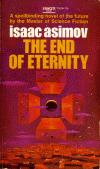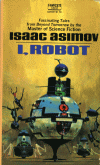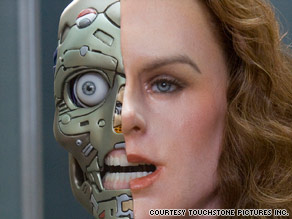
I am always open to suggestions when it comes to discovering new authors. By new, I mean to me, not new to writing. For example, I discovered Isaac Asimov a few years after his death, when he had already written over 400 books. Recently, one of my friends suggested I read the Star of the Guardians series by Margaret Weis. He had read it a long time ago, but was rereading the series again. I figured if it was good enough for him to read twice, I should give it a try. Weis offers an eloquent introduction to the series by first clarifying the genre her books fall into. Many fantasy readers might recognize her name as a co-author of many of the Dragonlance books.
If Fantasy is a romance of our dreams, then Galactic Fantasy is a romance of our future
…
Galactic Fantasy is certainly not science-fiction. Sci-fi often deals with the romance of plastic and chrysteel; our love and worship of technology.
…
I believe that man will reach the stars. When he does, the ‘science’ of how our spaceship gets from place to place will ultimately be less important than how we, as people, act when we get there. Galactic Fantasy explores how we deal with our own fears, ambitions and passions as we soar among the heavens—not the technicalities of getting there.
It is my understanding that George Lucas did not intend to write hard science fiction, but rather Galacitc Fantasy in Weis’s terms. Another word that has been used to describe Star Wars is “Space Opera.” I think either of these would be suitable descriptions.
Why do I mention Star Wars? As the first few chapters unfolded, I noticed quite a few familiar themes. I detected obvious influences from Star Wars and Dune very early on. For example, the Guardians seemed to be very similar to Jedi. They are an elite group, loyal to protecting their leaders. Their weapon, for example, is the bloodsword. There is selective breeding for the “Blood Royal” kind of like in Dune, however it is combined with genetic research and with a slightly different goal. There are a few others that I won’t mention because I consider them to be spoilers. (more…)







